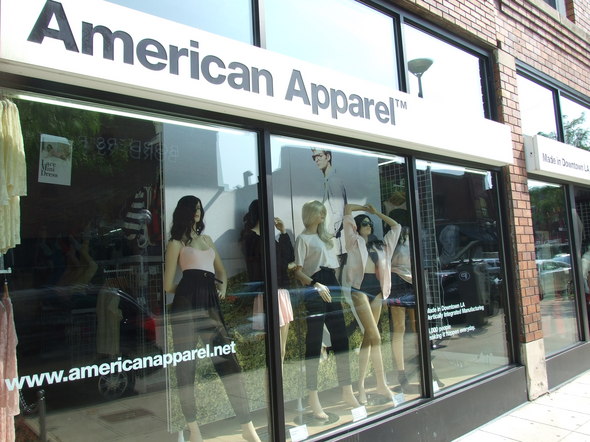People encounter commercial advertisements on a daily basis -- they're practically impossible to escape. We have to wonder what kind of impact this has on our sociological perspective, and our society as a whole. Whether we like it or not, the media plays some role in influencing what we wear, and how we present ourselves to the public. Popular culture conditions us to believe that we should dress provocatively in order to gain acceptance from our peers, and project ourselves as desirable people.
Thursday, November 18, 2010
How Media Influences Society
People encounter commercial advertisements on a daily basis -- they're practically impossible to escape. We have to wonder what kind of impact this has on our sociological perspective, and our society as a whole. Whether we like it or not, the media plays some role in influencing what we wear, and how we present ourselves to the public. Popular culture conditions us to believe that we should dress provocatively in order to gain acceptance from our peers, and project ourselves as desirable people.
Commercializing Sexuality
Driving down a bustling urban street, you’re almost sure to recognize an American Apparel ad. They’re hard to miss, with such simple garments plastered on young fresh faced models, usually found in sexually explicit and compromising positions. Here are a few examples of their various ad campaigns:

“But somehow, sweet American Apparel, you make me question you, time and time again. I get it: you're edgy, you're hot, no one can resist you. But it seems as though everywhere I turn I see you objectifying girls just like me—except that they're half-naked, in compromising positions. You photograph them on the floor in nothing but a thong, hands down their pants. And I can't decide if I should slap you for exploiting them, or congratulate you for such an innovative ad campaign.”
-Jessica Bennett newsweek.com

“But somehow, sweet American Apparel, you make me question you, time and time again. I get it: you're edgy, you're hot, no one can resist you. But it seems as though everywhere I turn I see you objectifying girls just like me—except that they're half-naked, in compromising positions. You photograph them on the floor in nothing but a thong, hands down their pants. And I can't decide if I should slap you for exploiting them, or congratulate you for such an innovative ad campaign.”
-Jessica Bennett newsweek.com
Culture Model
American Apparel’s advertisements play a key role in selling their products. By glamourizing sex, they influence society and the sexual identity of those affected individuals. Culture model posits its own kind of refection and acts according to values and beliefs that are acquired within its culture. The company is known for its provocative and controversial advertising campaigns, which is largely the inspiration of the company CEO Doy Charney.
According to Adage, American Apparel's advertising 'telegraphs the brand' from person to person. Their print campaigns are widely considered to be some of the best in the industry. The company has fallen under scrutiny because of its borderline pornographic nature, but has also been applauded for its raw imagery and lack of airbrushing. American Apparel images often display subjects with their blemishes, imperfections and asymmetrical features highlighted and attached with brief, personal descriptions. Many of the models in American Apparel's sexual advertising are recruited by Charney (CEO) and his colleagues on the street, or company stores; others are selected after sending their photos directly to the company website. Some critics have labeled their models as "cocaine-chic” or “pre-pubescent”. The brand itself has conjured up its own culture and identity as one that promotes sexual liberation and confidence through its clothing.
According to Adage, American Apparel's advertising 'telegraphs the brand' from person to person. Their print campaigns are widely considered to be some of the best in the industry. The company has fallen under scrutiny because of its borderline pornographic nature, but has also been applauded for its raw imagery and lack of airbrushing. American Apparel images often display subjects with their blemishes, imperfections and asymmetrical features highlighted and attached with brief, personal descriptions. Many of the models in American Apparel's sexual advertising are recruited by Charney (CEO) and his colleagues on the street, or company stores; others are selected after sending their photos directly to the company website. Some critics have labeled their models as "cocaine-chic” or “pre-pubescent”. The brand itself has conjured up its own culture and identity as one that promotes sexual liberation and confidence through its clothing.
Subscribe to:
Comments (Atom)



